Description
We see it everywhere, from the reddish hues of desert landscapes to the subtle browns in our paints and cosmetics. Iron oxide, often referred to simply as rust, is a common compound that plays a far more significant role in our world than its often-negative association suggests. It’s a family of chemical compounds, primarily formed through the reaction of iron with oxygen and water, and its versatility makes it a cornerstone of numerous industries and natural processes.
Beyond the Rusty Image: Understanding the Chemistry
Iron isn’t a single entity but rather a group of compounds with varying chemical compositions. The most common forms include:
Iron(III) oxide (Fe2O3), also known as Hematite: This is the most recognizable form, commonly appearing as reddish-brown rust. Hematite is abundant in nature and serves as a major source of iron ore.
Iron(II) oxide (FeO), also known as Wustite: This black compound is less stable than Fe2O3 and typically forms under reducing conditions.
Iron(II,III) oxide (Fe3O4), also known as Magnetite: This is a magnetic form of iron oxide, often found as black crystalline rocks.
The specific form of iron formed depends on factors like the amount of oxygen, water, and the presence of other elements. This variance in composition leads to the diverse properties that make iron oxide so versatile.
A Spectrum of Applications: From Pigments to Data Storage
The range of applications for iron oxide is truly remarkable:
Pigments and Colorants: Iron oxides historically, and continue to be, used as pigments in paints, inks, and cosmetics. The red, yellow, brown, and black hues we see in the world are often due to variations in iron oxide composition and particle size.
Construction and Ceramics: Iron pigments are added to concrete, brick, and tiles, imparting color and durability.
Magnetic Recording: Magnetite (Fe3O4) has been crucial in magnetic recording technologies like cassette tapes and hard drives. Though now facing competition from other technologies, its role in the history of data storage is undeniable.
Biomedical Applications: Nanoparticles of iron oxide are used in targeted drug delivery, MRI contrast agents, and cancer treatment research. Their biocompatibility and magnetic properties make them ideal for these advanced applications.
Catalysis: Iron oxide is used in various catalytic processes, such as the Haber-Bosch process for ammonia production.
Water Treatment: Iron oxides are used in water purification systems to remove impurities, including heavy metals.
Natural Processes: Iron are essential components of soil, giving it its characteristic color. They also play a significant role in biogeochemical cycles and the formation of various geological features.
The Environmental Impact: A Double-Edged Sword
On one hand, the natural processes involving iron play a crucial role in the planet’s biogeochemical cycles, contributing to soil fertility and the removal of pollutants. However, the formation of rust on iron structures can lead to degradation, requiring significant resources for repair and maintenance. The disposal of iron-containing materials, without proper recycling, can contribute to environmental issues.
The Future of Iron Oxide: Innovation and Sustainability
Ongoing research is exploring new applications for iron, particularly in nanotechnology and biomaterials. The development of more efficient, sustainable, and environmentally-friendly production methods for iron is a key focus of research efforts. As we continue to explore its properties, we can expect even more innovative uses for this seemingly simple compound.
Conclusion: An Everyday Miracle
Iron oxide, often overlooked and associated with rust, is far more than just a nuisance. It’s a versatile, essential compound that has shaped the course of human history and plays a crucial role in our planet’s natural processes. From the vibrant pigments in our artwork to the cutting-edge applications in biomedicine, the story of iron oxide is a testament to the power of chemistry and the interconnectedness of our world. As we continue to unravel its intricacies, we will undoubtedly discover even more ways to harness its potential.

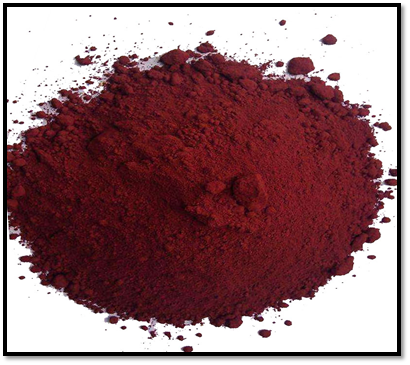
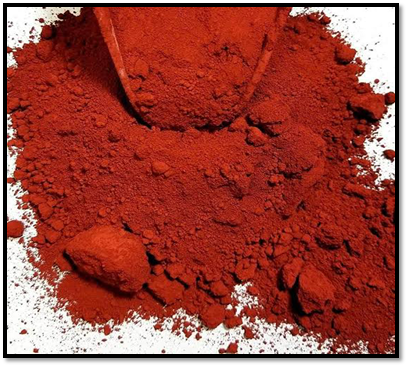
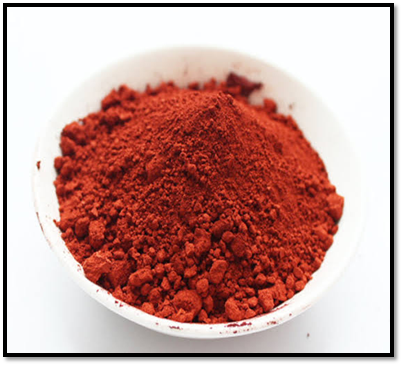
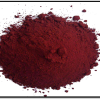
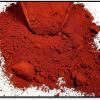
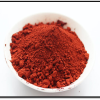

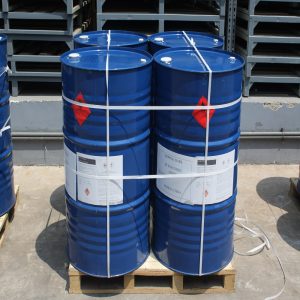

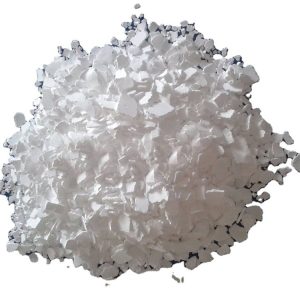

Reviews
There are no reviews yet.